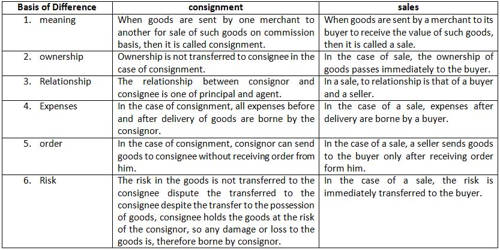Every contingency must be considered in space travel, including the possibility of an astronaut having a mental collapse.
On Wednesday, SpaceX launched the historic Inspiration4 mission, launching its all-civilian crew into low-Earth orbit, where they will circle the earth for three days onboard the Resilience Crew Dragon spacecraft. The team has been outfitted with handcuffs and sedatives, according to Axios space journalist Miriam Kramer, in the unlikely event that one of the non-professional astronauts had a breakdown in orbit.
On episode three of the Axios podcast how it happened: The Next Astronauts, Kramer said, “They also have to prepare for worst-case scenarios like someone on the crew becoming a risk to themselves or others.” “In case someone has to be sedated, there are zip ties and medication on board.”
According to The Atlantic, two of the civilian astronauts onboard the spaceship have been expressly trained on how to deploy these restaining tools: Hayley Arceneaux, a physician assistant from St Jude Children’s Research Hospital, and Chris Sembroski, a data engineer and Air Force veteran.
Human spaceflight is physically hard, but being off-world can also be mentally taxing. Sensory deprivation, the continual possibility of danger, confined quarters, and a completely foreign environment can all place a strain on an astronaut’s mental state. As a result, as part of their preparation for space travel, professional astronauts trained by national space agencies undertake psychological training and testing.
The Inspiration4 crew has undergone almost six months of intensive training and has received specialized psychological preparation, although this is far less than what NASA’s professional astronauts receive.
Training to become an astronaut can take up to two years, on top of the time it takes to obtain the necessary qualifications and experience.
Even NASA’s highly qualified professionals, on the other hand, take comparable measures as SpaceX. NASA has a detailed set of written procedures that outline how to deal with suicidal or psychotic astronauts in space, according to internal documents obtained by the Associated Press (AP) in 2007. In this case, the team must use duct tape to bind the astronauts’ wrists and ankles before tying them down with a bungee wire. If necessary, they are also instructed to inject the individual with tranquilizers.
According to the Associated Press, the instructions stated, “Talk with the patient while you are restricting him.” “Explain what you’re doing and how you’re keeping him safe with a constraint.”
However, all of this is entirely preventive. Fortunately, the Inspiration4 team appears to believe that this precaution will not be required.
On the Axios podcast, crew member Sembroski said, “Nobody’s going to snap that way, at least not that we’ve witnessed so far.” “This is essentially just, ‘OK, we have this equipment on board, well it’s for that less than one percent chance that someone needs a little extra support just to keep the crew safe.’”
















